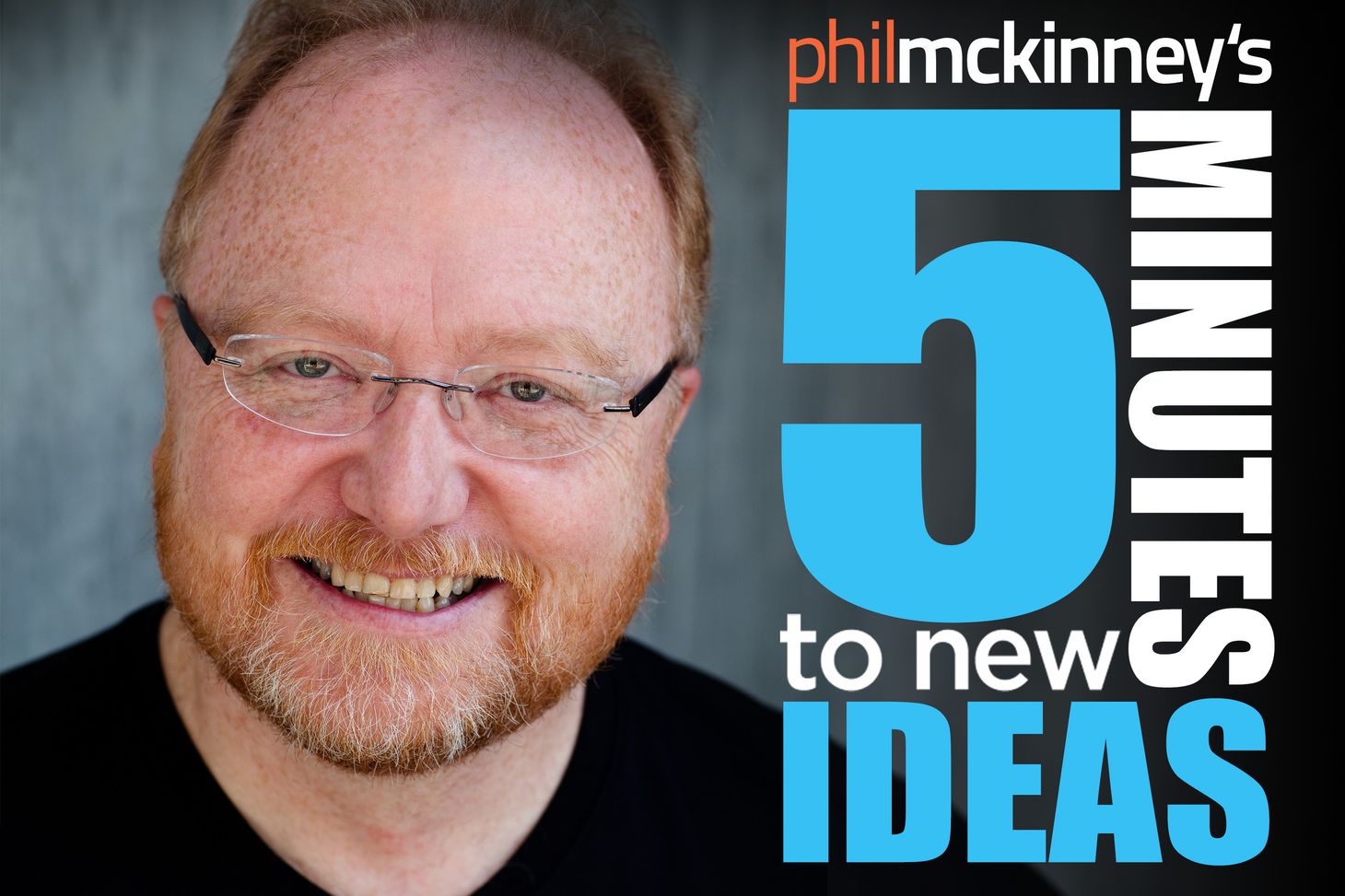What will future customers’ buying criteria be

A big part of any business is being aware of, and responding to, the life cycles of the industry and its customers.
Some of these are easy to see; you only need a cursory understanding of the effect of OPEC on gas prices in the early ’70s to understand why cars became more fuel efficient in that decade.
Other reasons are harder to see.
Some criteria can be “faddish,” based on things such as color or brand.
Others are based on external influences.
For years the cell-phone industry fought to offer the smallest, thinnest possible phone.
That’s what customers wanted.
Now those same customers are prioritizing access to the web over the size of the phone.
This has reversed what was seen as a key and unshakable evolution trend toward smaller phones.
Now customers want larger phones with bigger screens.
Sometimes trends can be reversed by something completely outside your control.
Something that changes the buying decision.
What will these same consumers want as they get older?
Will full web access and streaming music and video be a priority, or will their needs change as their eyesight and hearing fade?
Remember the cycle part of “life cycle.”
You may lose the connection with your customers at certain stages of their lives but regain it later.
Phil McKinney Newsletter
Join the newsletter to receive the latest updates in your inbox.




